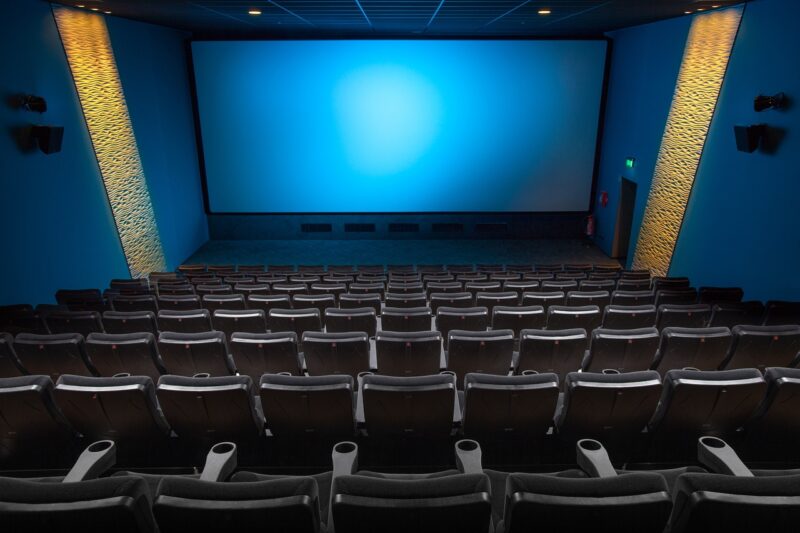
Movies have an uncanny ability to interpret, shape, and reflect societal values and anxieties, often serving as a mirror to the collective hopes and fears of humanity. As global events unfold and technology evolves, filmmakers weave these realities into narratives that explore existential threats, visionary dreams, and the essence of humanity itself. This article dives deep into how cinema acts as a cultural barometer, allowing us to understand not just what society fears, but what we aspire to achieve.
1. The Evolution of Cinematic Themes Over Time
The landscape of film has changed dramatically since the advent of cinema in the late 19th century. Early films were often simple, silent shorts that focused on whimsical narratives. However, as societies evolved, so did cinematic storytelling. For example, the advent of sound in the 1920s marked the beginning of a new era where audiences sought deeper narratives that emphasized social issues and human emotions.
In the 1950s and 60s, post-war anxieties led to the rise of science fiction and dystopian films, reflecting the fears of nuclear war and existential threats. Movies such as “The Day the Earth Stood Still” (1951) and “Dr. Strangelove” (1964) articulated societal fears regarding technology and global politics, while simultaneously offering a cautionary tale about the future.
As technology advanced and societal roles evolved, films began exploring themes of identity, equality, and environmental destruction. Works like “Blade Runner” (1982) and “The Matrix” (1999) showcased anxiety regarding artificial intelligence and the implications of human enhancement, indicating a growing concern over what our technological creations might evolve into.
2. Dystopian Futures: Cinematic Reflections of Contemporary Fears
Dystopian films serve as a powerful commentary on contemporary fears, often exploring themes of oppression, climate change, and societal decay. These films reflect a societal anxiety about where humanity might end up if current issues are left unresolved.
Take the popular franchise “The Hunger Games” for instance. Set in a future where society is divided by class, this series explores themes of power, control, and rebellion, resonating with audiences experiencing the disparities of wealth and social justice movements. It prompts viewers to contemplate their own realities and encourages discussion about governance and representation.
Other films like “Children of Men” (2006) illustrate fears surrounding social collapse and environmental issues, presenting a world where civilization crumbles due to infertility and chaos. Such narratives are not only gripping sci-fi tales but also a stark reminder of the potential consequences of ignoring societal problems in our contemporary world.
3. Utopian Visions: Hopes for a Better Tomorrow
While cinema often delves into the dystopian, it also embraces the utopian vision, providing audiences with a glimpse of hope. Films that explore themes of cooperation, ingenuity, and resilience reflect humanity’s inherent drive to overcome challenges and build a better future.
Movies like “Interstellar” (2014) and “WALL-E” (2008) offer aspirational narratives that inspire hope, showcasing humanity’s potential for growth and sustainability. “Interstellar” reminds us of the importance of exploration and unity in the face of adversity, while “WALL-E” emphasizes the value of caring for our planet and each other.
Such films serve to galvanize audiences’ imaginations, prompting discussions about progress, science, and the preservation of the planet. They encourage viewers to think about their roles in shaping a future that is more equitable and environmentally sustainable, reflecting our collective hopes as we engage with the complexities of modern life.
4. The Role of Genre in Expressing Societal Anxieties
Different genres convey societal fears and hopes in unique ways. Horror, for example, often serves as a commentary on taboo subjects like death, disease, and social order. Films like “Get Out” (2017) explore race relations and systemic racism, wrapping these heavy themes within the genre’s chilling narrative.
In contrast, romantic comedies can reflect societal desires for connection, love, and belonging. The ever-popular genre shows audiences how individuals navigate complex relationships, providing uplifting stories during times of uncertainty.
Documentaries also play a pivotal role in unveiling truths about current social issues. Films such as “An Inconvenient Truth” (2006) and “13th” (2016) shine a light on climate change and systemic inequalities, making compelling arguments that resonate with public awareness and activism. They force the audience to confront uncomfortable truths, pushing societal dialogue forward.
5. The Future of Cinema as a Reflective Tool
As technology continues to reshape our world, the future of cinema looks promising. Virtual reality (VR) and interactive narratives are beginning to offer new ways to engage with stories, potentially deepening the connection between the audience and complex societal themes.
Moreover, streaming services are democratizing access to diverse stories, enabling a wider range of voices to be heard. As filmmakers from different backgrounds contribute to the tapestry of cinema, the hopes and fears articulated in films will likely encompass even broader perspectives, ensuring that cinema remains an essential medium for societal reflection.
As we navigate through the complexities of modern existence, it’s crucial to acknowledge the role of movies in not only portraying our fears but also inspiring hope for a better tomorrow. Each film is a piece of the larger puzzle, reflecting our aspirations and values as we forge our path into the future.
Conclusion
Cinema has the profound ability to resonate with the collective consciousness, offering insights into society’s hopes and fears about the future. From thrilling narratives of dystopia to the hopeful visions of utopia, movies continuously shape our understanding of who we are as individuals and as a society. As we consume these stories, we are encouraged to reflect, engage, and, ultimately, shape the future we wish to see.
Through the lens of cinema, we are reminded of our responsibility to dream big while confronting our anxieties, showcasing how storytelling remains a vital expression of human experience across time and space.







